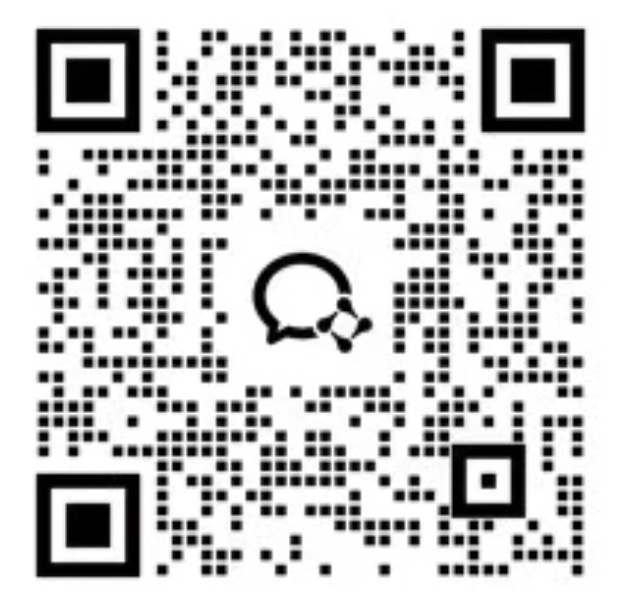世界银行-保护妇女和女孩免受网络骚扰:对现行法律的全球评估(英)
Protecting Women and Girls from Cyber Harassment:A Global Assessment of Existing LawsNelsy Reyhanne Marikel Affoum, Isabel Micaela Santagostino Recavarren, Nayantara Vohra, and Quentin Wodonyber violence against women has been rising at alarming rates in recent decades. Such acts not only harm women as individuals but have severe detrimental efects on society and the economy at large. Tis Brief analyzes laws from 190 economies to assess the extent and coverage of current legislative safeguards for women from cyber harassment, one of the many forms of cyber violence. Data collected by the World Bank Group’s Women, Business and the Law project reveals that laws that protect women against cyber harassment exist in only about one-third of economies, covering less than half of the population of children, adolescent girls, and women. Enhancing legal protections is crucial to efectively tackle cyber violence against women. CLaws addressing cyber harassment are necessary As internet, social media, and mobile connectivity have rapidly expanded their reach, online violence has also emerged and has become alarmingly widespread. Violence against women has seeped into the online space, targeting women and girls in multiple forms, including cyber harassment or bullying. A phenomenon that was unimaginable thirty years ago is now showing its harmful health, social, and economic consequences. Gendered cyberviolence further widens the pre-existing, gender-related digital divide by creating barriers to equity and full participation online (Jane 2020). Studies have found that women are more likely than men to experience severe forms of online violence, such as cyber harassment and stalking (Brody and Vangelisti 2017). Such abuse often has far-reaching consequences. For instance, online violence has been found to be a pervasive problem faced by women not only in the private sphere, but also while engaging in politics, journalism, and activism, thereby posing a signifcant barrier to their political participation and freedom of expression. Further, women who come from traditionally marginalized sections of society are the most vulnerable and are often the target of some of the most violent and vicious online hate campaigns (Di Meco 2023). As legislation addressing online violence is still lacking or absent in most economies, many women and girls are left unprotected without redress measures. While recognizing that all forms of cyber violence are widespread and have a negative impact on women and girls, this Brief focuses specifcally on cyber harassment and bullying given their pervasiveness and considerable increase recently and, in particular, during the pandemic (Shoib et al. 2022). Women, Business and the Law (WBL) analyzes how laws and regulations afect women’s economic opportunities in 190 economies. Te analysis presented in this Brief is a result of research undertaken by the WBL team in 2021 and 2022 to understand how current legislation safeguards individu
世界银行-保护妇女和女孩免受网络骚扰:对现行法律的全球评估(英),点击即可下载。报告格式为PDF,大小0.53M,页数6页,欢迎下载。









